Matsue Castle: the Most Famous Castle in Sanin Region
For many the appeal of visiting a Japanese castle is quite high. Sadly, while there were once scores of castles throughout the country many have fallen. Today, there are just twelve castles that have their original keep intact. Of those twelve, five are designated as Japanese National Treasures, meaning a large portion of the castle and or the keep is still intact. Within these increasingly narrow parameters, Matsue Castle in Shimane prefecture is a rare gem. Largely shielded from the ravages of war and fire much of the castle is as it has been since its construction in the 17th century.
Matsue Castle
The History of Matsue Castle
The castle’s founder Horio Yoshiharu originally received Gassan Tonda Castle in Shimane prefecture as a reward for his role in the Sekigahara War. However, he would later move to Matsue where he completed Matsue Castle in 1611 built. Even so, the first lord of the castle is his grandson, Tadaharu.
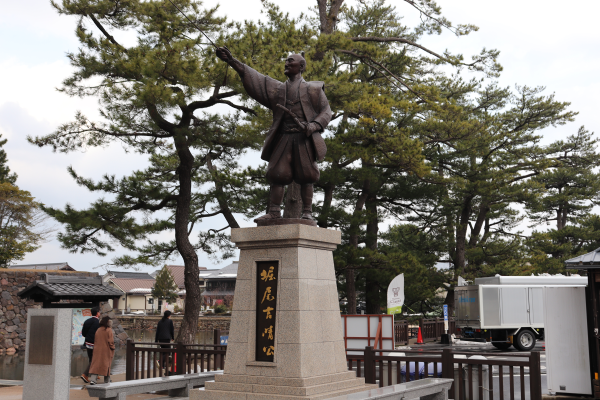
In 1638, Matsudaira Naomasa took over the castle. After this conquest, the Matsudaira clan comfortably governed Shimane for 10 generations, right up until the end of the Edo Period.
Matsue Castle
A short 10-minute bus ride from JR Matsue Station will bring you to the entrance of Matsue Castle.
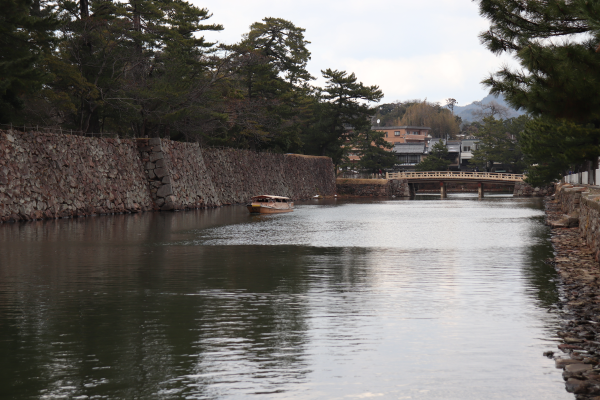
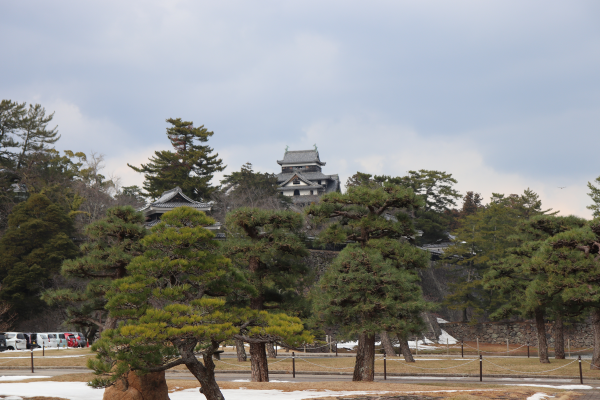
Matsue Castle lacks an Otemon Gate (main gate), but considering its huge stonewall, there must have been a huge gate once upon a time.

While walking the castle grounds, you will see several turrets. Unfortunately, all of them were reconstructed. Originally the castle had five turrets, but only three: Taiko-yagura, naka-yagura, and Minami-yagura, were rebuilt in 2005.
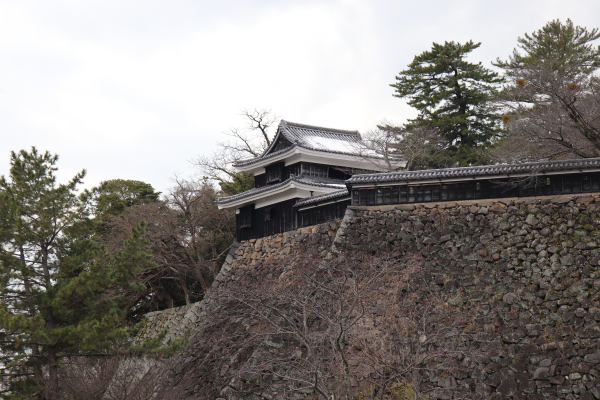
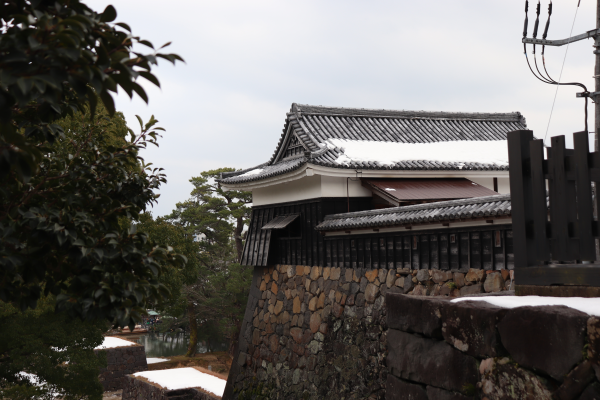
Luckily, the castle’s stone walls are intact. There are two types of stone walls in Matsue Castle: nozuratsumi, in which the stones are piled up without processing them, and uchikomihagi, a wedged stone wall.
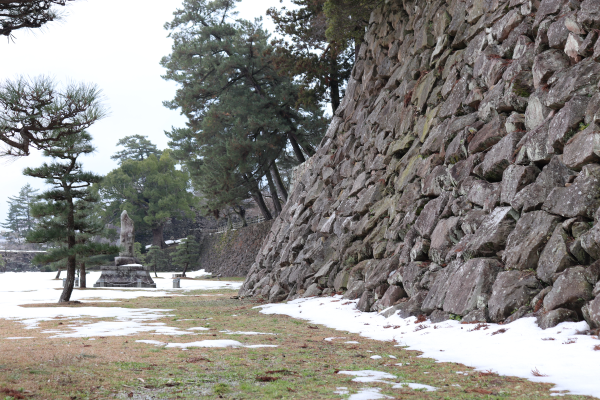
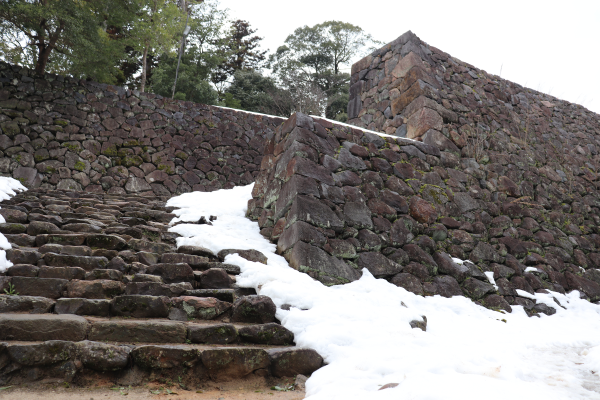
The castle grounds are very straightforward. As it was built in the peaceful Edo period, Matsue Castle does not have many secret traps to ambush an enemy attack.
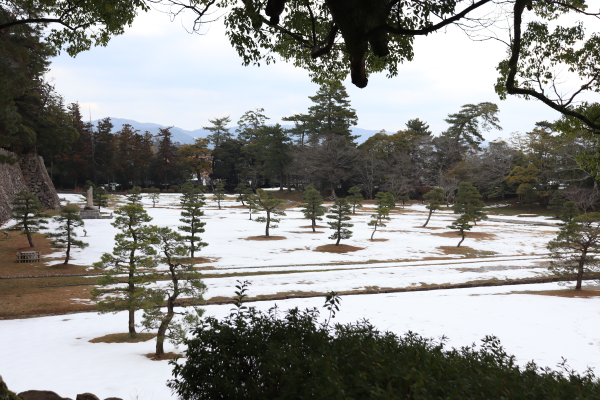
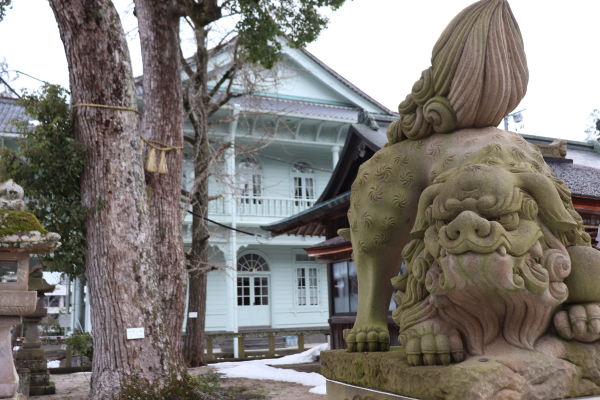
After Matsue Shrine is the keep!
The Keep
After a while, the path leads to the keep. The castle grounds are indeed large, but the path to the keep is very direct, especially if you compare it to other large castles.
The current keep and the small turret next to it were completed in 1607. Matsue Castle is famous for its gorgeous gable, which is compared to a bird spreading its wings.
The stark contrast of the white wall and the black tile is very nice, making this castle one of the coolest.
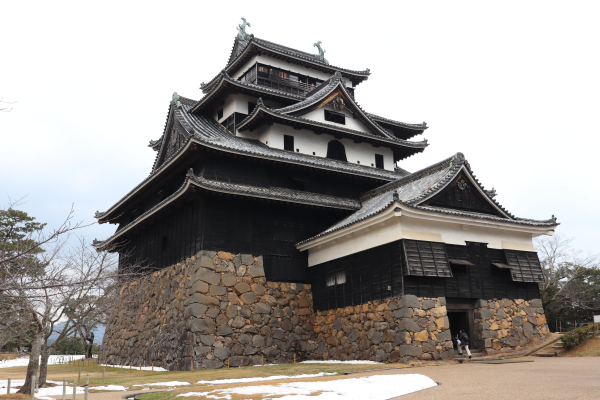
Of course, if you come all the way to Matsue, you should go inside!
Much of the interior of the castle is in amazingly good condition. If you ever wondered what a Japanese castle was really like, this is one of the best possible examples. One of the things you should not miss is the talisman and the stairs.
The talisman outside on the ground floor (the one inside the castle is a replica) tells when the castle was built. An original talisman like this is very rare and is a Japan National Treasure too. Also, the stairs in the castle are made of princess trees, which is quite rare for stairs in Japanese castles.
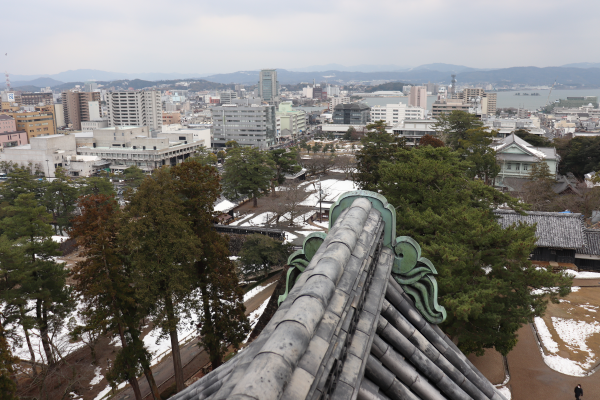
From the top of the castle, you can enjoy the magnificent view of the Matsue and the lake Shinji, the biggest lake in the Sanin Region.
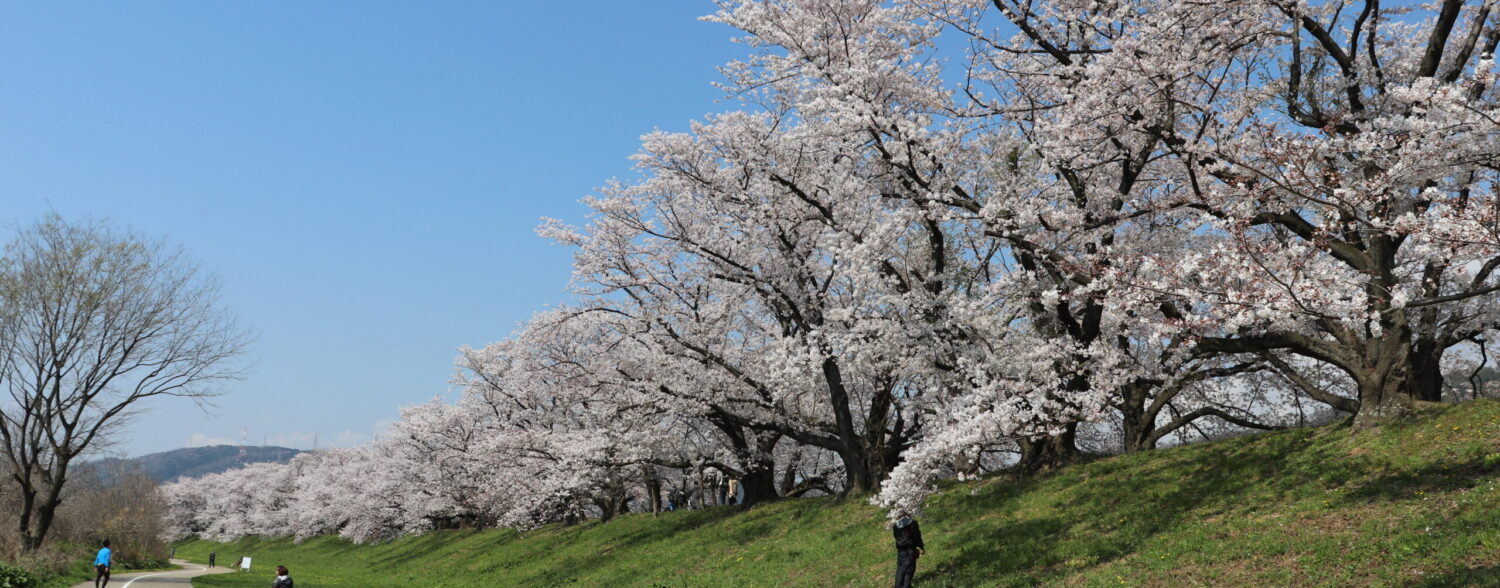
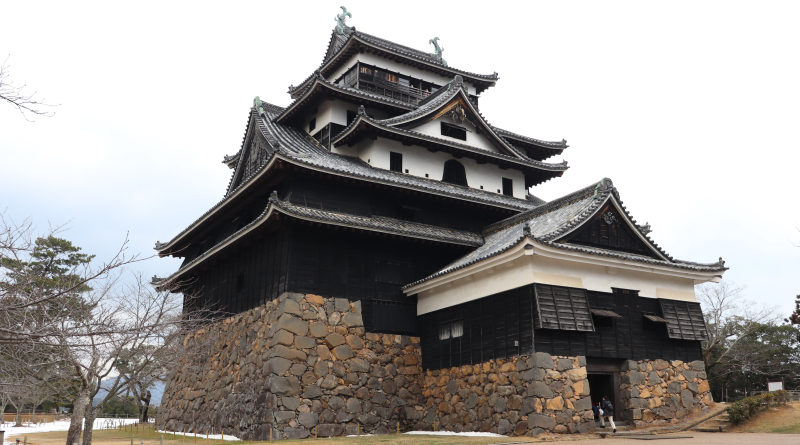
Leave a Reply